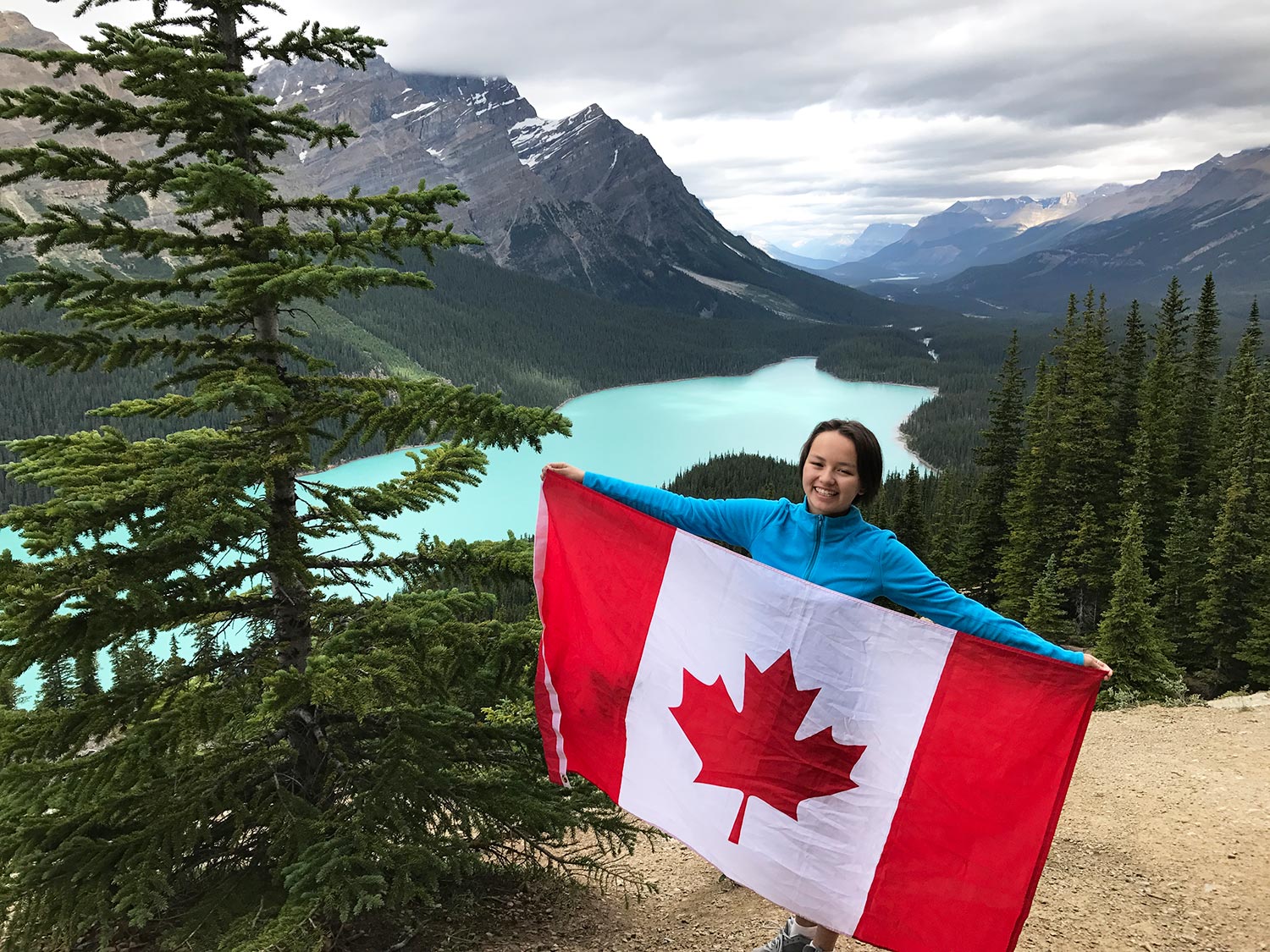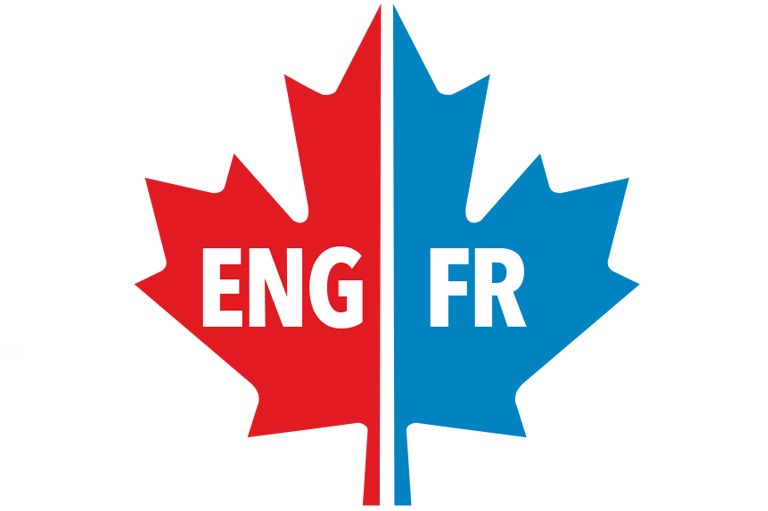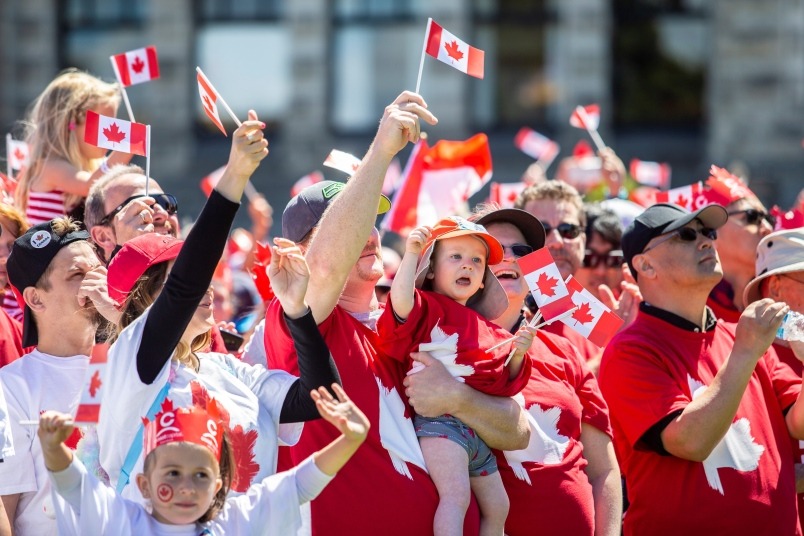Canada is a country in the northern part of North America. Its ten provinces and three territories extend from the Atlantic to the Pacific Oceans and northward into the Arctic Ocean, covering 9.98 million square kilometres, making it the world’s second-largest country by total area.Canada is a federal parliamentary democracy and a constitutional monarchy, with Queen Elizabeth II of the United Kingdom as its head of state. The country is officially bilingual , meaning that citizens have the right to communicate with the government in either English or French.


Official Language
Policies and laws are passed in both English and French Canada is a bilingual country with English and French as the official languages. All government services, policies and laws are passed in both English and French. Everywhere you go, you will notice the bilingualism on street signs, product packaging, TV and Radio, and buses and tour groups. However the majority of the Canadian population speak English with a smaller percentage speaking French.
Canadian Culture & Customs
Canada is a wilderness nation, a land of awesome size and grandeur, with natural beauty and incredible obstacles. It is a northern nation that was founded on strong European traditions by the English and French. A nation of immigrants, a multicultural land that is diverse with distinctive regions with powerful regional identities- for example, Quebec, the Maritimes, the Prairies. It is the home of the First Nations. It is a country of remarkable freedoms with equality for all , regardless of gender, race, color, creed or disability which is preserved in the Canadian Charter of Rights and Freedoms. A nation with a strong sense of social welfare, committed to providing a social safety net for all. A land of adventurers, innovators and entrepreneurs. A land of rich cultural traditions, Peace-keepers for the world and a partner with all nations.

Climate
Canada is the second largest country in the world so it has a variety of climates.
Generally, Canadians enjoy four very distinct seasons, particularly in the more populated regions along the US border. Daytime summer temperatures can rise to 35°C and higher, while lows of -25°C are not uncommon in winter. Summers can be hot and dry in the prairies, humid in central Canada, and milder on the coasts.
Temperatures in the far north are known to be severe, where only occasionally they go above 0°C yet most of the Canadians are concentrated around the more southern region where springs blossom, the summers are hot and autumn is the messenger of cold, cold winter.
Canada’s climate and environment are one of the main reasons that Canada is such a successful country. The blend of natural resources and climate sustains us. The seasons dictate the look of the land: according to whether the natural environment is in a state of dormancy or growth.
Be prepared
The weather is more than likely going to be different than anything you’ve experienced before, but it doesn’t need to come as a surprise. Checking the Environment Canada weather forecast before you head out will allow you to prepare for extreme cold warnings or heavy snowfalls. Unlike all other seasons, being unprepared for these winter conditions is not an option.
This is particularly important if you plan on commuting or driving to school. Serious weather will delay transportation across the country. Prepare to be late. Canadians will understand if you’re not quite on time following a 20-cm snowstorm; it’s better to drive cautiously than end up spinning your car off the road. Take extra time for your usual drive or commute, and just remember to take things slow.
Business Hours and Traditional Holidays
The business day normally starts from 9 am to 5pm, and everything runs open from Monday to Friday. Grocery stores and some other retail stores stay open until 9 pm during weekdays and they remain open for the weekend until 5pm. Most of the businesses are however closed on Sundays.
Regarding bars, clubs and restaurants, closing time varies from one territory to another.
Traditional Holidays
The following public holidays are observed nationally:
- New Year’s Day – January 1
- Good Friday or Easter Monday
- Canada Day – July 1
- Labour Day – first Monday in September
- Christmas Day – December 25
Additional public holidays are determined by individual provinces and territories.
- Family Day – Third Monday in February
- Victoria Day – the Monday preceding May 25
- Civic Holiday – First Monday in August
- Thanksgiving – second Monday in October
- Remembrance Day – November 11
- Boxing Day – December 26
